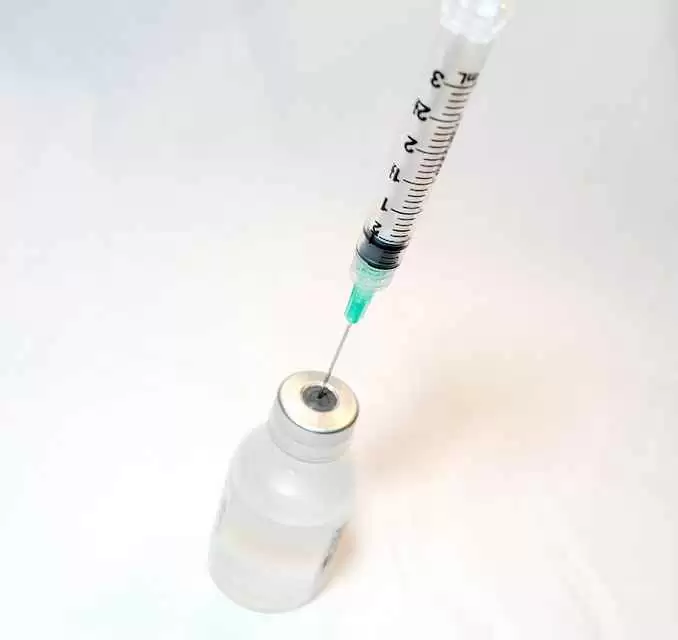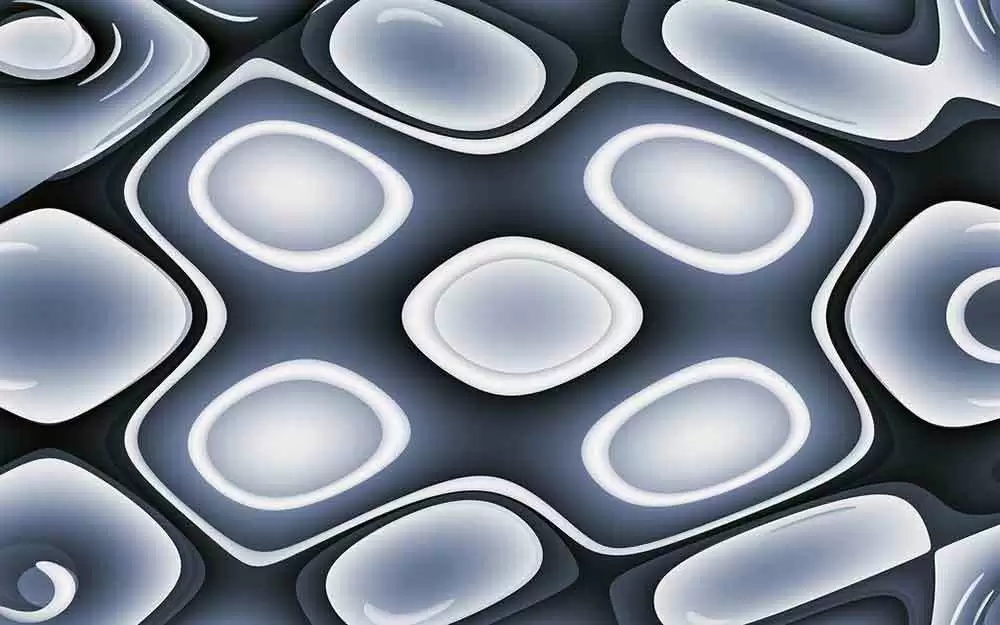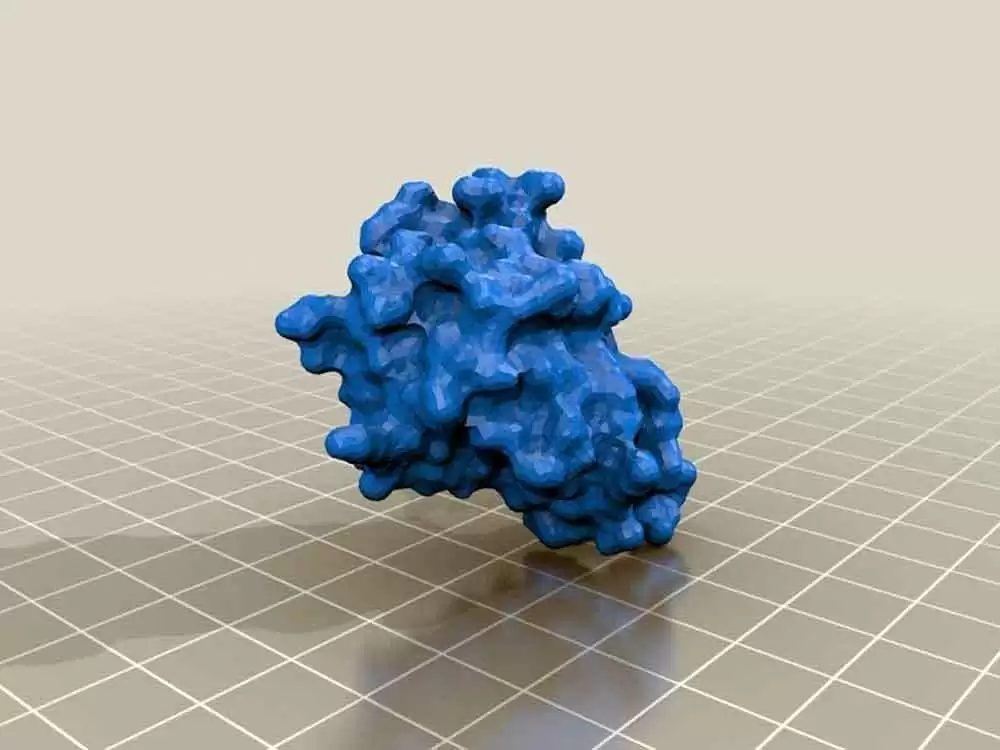
08/03/2020 - New research shows that cytokines, particularly IL-8 and IL-15, could be used as markers to distinguish celiac disease from non-celiac gluten sensitivity (NCGS) and healthy people. Researchers have noted that levels of some inflammatory cytokines rise in people with celiac disease and NCGS, in contrast with healthy subjects. A team of researchers recently set out to create an accurate tool for using cytokines to distinguish healthy patients from those with celiac disease and NCGS.
The research team included Fatemeh Masaebi, Mehdi Azizmohammad Looha, Mohammad Rostami-Nejad, Mohamad Amin Pourhoseingholi, Navid Mohseni, Gabriel Samasca, Iulia Lupan, Mostafa Rezaei-Tavirani, and Mohammad Reza Zali. They are variously affiliated with the Department of Biostatistics, Faculty of Paramedical Sciences, Shahid Beheshti University of Medical Sciences, Tehran, Iran; the Gastroenterology and Liver Diseases Research Center, Research Institute for Gastroenterology and Liver Diseases, Shahid Beheshti University of Medical Sciences, Tehran, Iran; the Department of Immunology, Iuliu Hatieganu University of Medicine and Pharmacy Cluj-Napoca, Romania; the Department of Molecular Biology and Biotechnology, BabesBolyai University, Cluj-Napoca, Romania; and the Proteomics Research Center, Faculty of Paramedical Sciences, Shahid Beheshti University of Medical Sciences, Tehran, Iran.
Celiac.com Sponsor (A12):
The team assessed serum samples from 171 participants, including 110 celiac patients, 46 healthy subjects, and 15 with NCGS. They used commercial ELISA kits to detect levels for cytokines IL-1, IL-6, IL-8, IL-15, and IFN-γ.
They applied the ROC curve analysis to establish the best levels for high sensitivity, specificity, positive and negative predictive values of cytokines, as the indicators of celiac disease, non-celiac gluten sensitivity, and healthy controls. In the NCGS group, the AUC values for IL-1, IL-8, and IFN-γ were 71%, 78% and 70%, respectively.
IL-15 distinguished the celiac and NCGS groups from control group nearly 83% of the time, the highest overall. Additionally, IL-15 showed nearly 57% specificity, 82% positive predictive value, and 58% negative predictive value.
IL-8 had nearly 75% sensitivity, the highest overall, with nearly 74% specificity, nearly 96% positive predictive value, and just over 30% negative predictive value.
The team's results show that IL-8 and IL-15 could potentially act as markers for distinguishing celiac disease from the NCGS and healthy controls.
The team suggests that the assessment of cytokine levels can be a useful tool for diagnosing celiac disease and NCGS and spotting the difference between the two conditions and healthy control subjects.
Read more at: Iran Biomed J. 2020 Jun 1








Recommended Comments
Create an account or sign in to comment
You need to be a member in order to leave a comment
Create an account
Sign up for a new account in our community. It's easy!
Register a new accountSign in
Already have an account? Sign in here.
Sign In Now